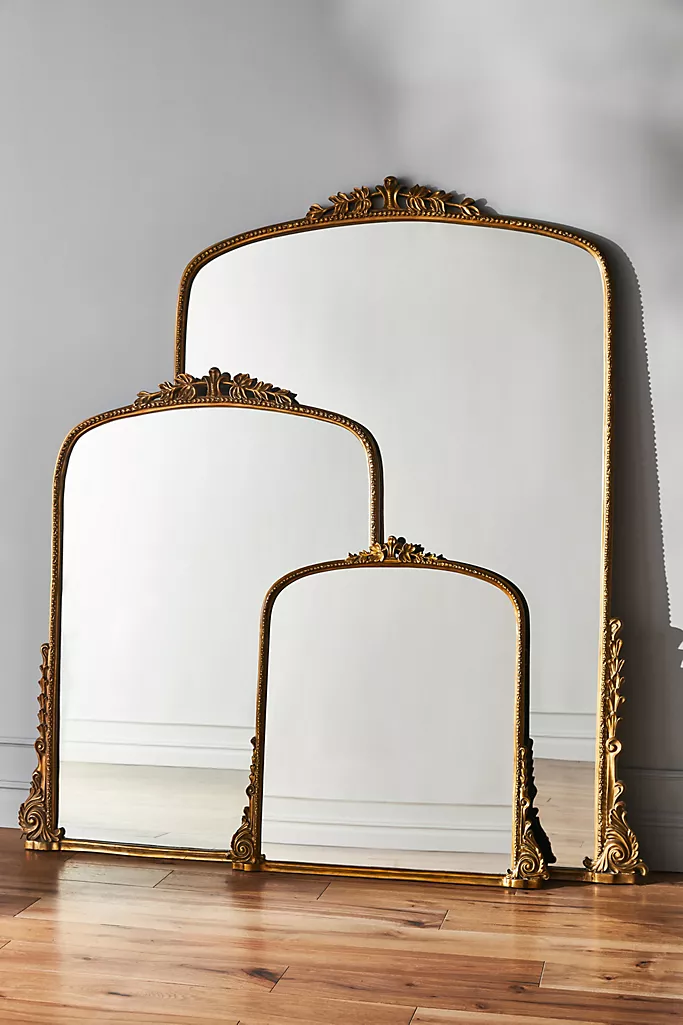Pavia Wide Chest of Drawers, Natural Rattan & Oak Effect | MADE.
Casual, bohemian, and a little bit retro. Vintage-style woven doors, natural materials, and a handy, compact size. Pavia’s ticking all our boxes. This chest of drawers is as stylish as the clothes inside.
Casual, bohemian, and a little bit retro. Vintage-style woven doors, natural materials, and a handy, compact size. Pavia’s ticking all our boxes. This chest of drawers is as stylish as the clothes inside.
Designed by MADE Studio
MADE Studio is our energetic team of in-house designers, known for their vibrant, eclectic creations. Led by MADE’s Head of Design, Adam Daghorn, the team has diverse industry experience and world-class skills. By putting their creative minds together, they craft original, innovative products, all designed to make your home a happier place.
Additional information
| Height (cm) | 76 |
|---|---|
| Width (cm) | 120 |
| Depth (cm) | 42 |
| Drawer internal dimensions | 51.7 x 33.8 x 12.5cm |
| Packaging dimensions | – 1. 14.5 x 145 x 46cm |
| Weight (kg) | 43 |






by Wenjie
Good quality
by Toni
Slightly flimsier than I had anticipated but a great buy nonetheless. This gives the impression of a modern and expensive piece but with a reasonable price tag. Delivery partners had to deliver three before we got one that was undamaged, but we got there in the end.
by Beverley
What a lovely piece of furniture it is well made. Great looking.
by Laura
This is so stylish and looks and feels like high quality, despite it not being that expensive. It was easy to put together, has lovely soft close doors and the rattan is backed which makes it even nicer. Great product.